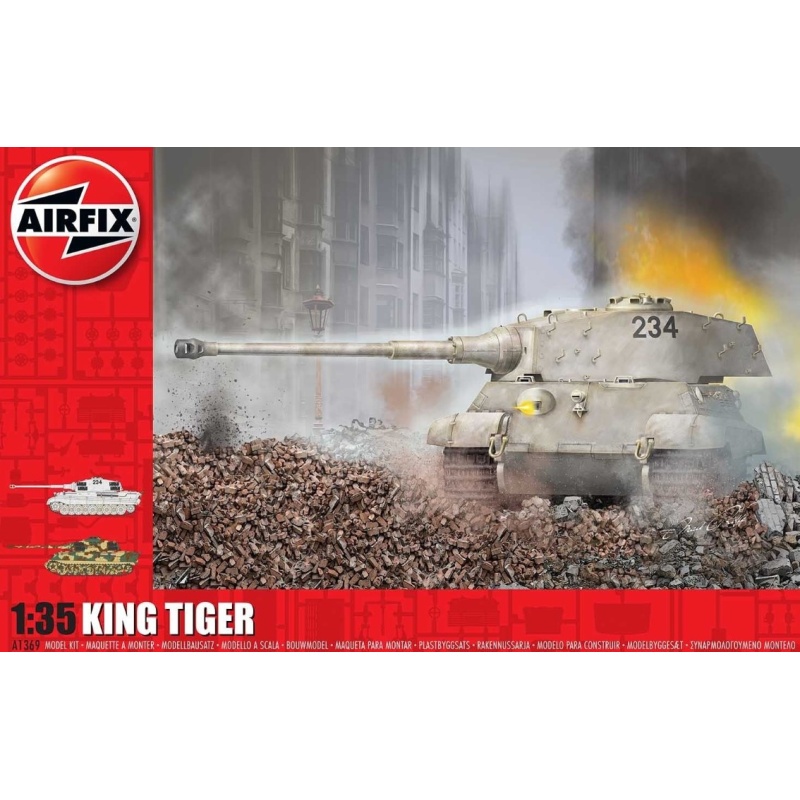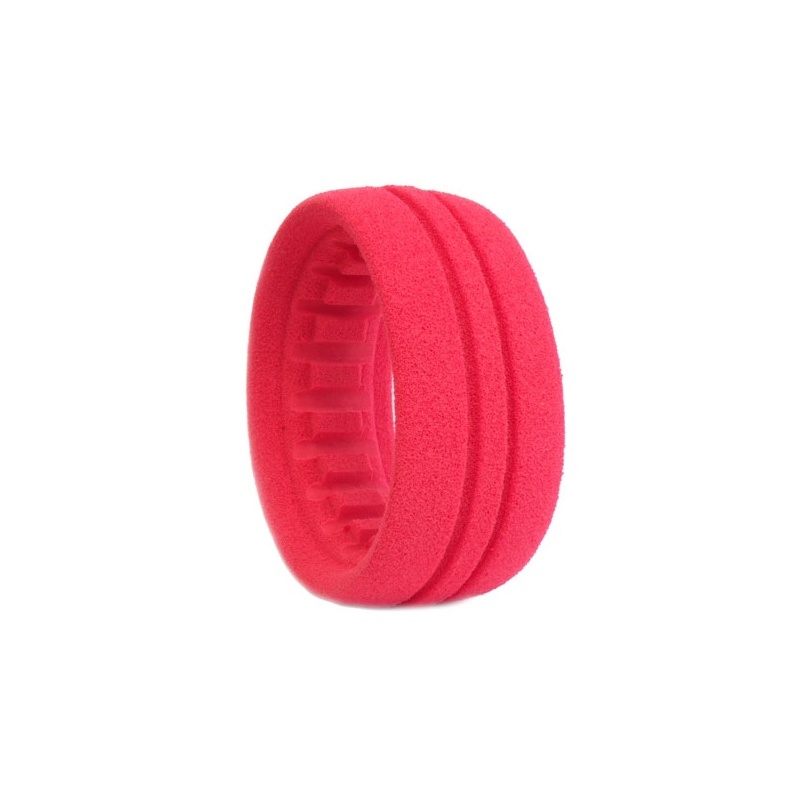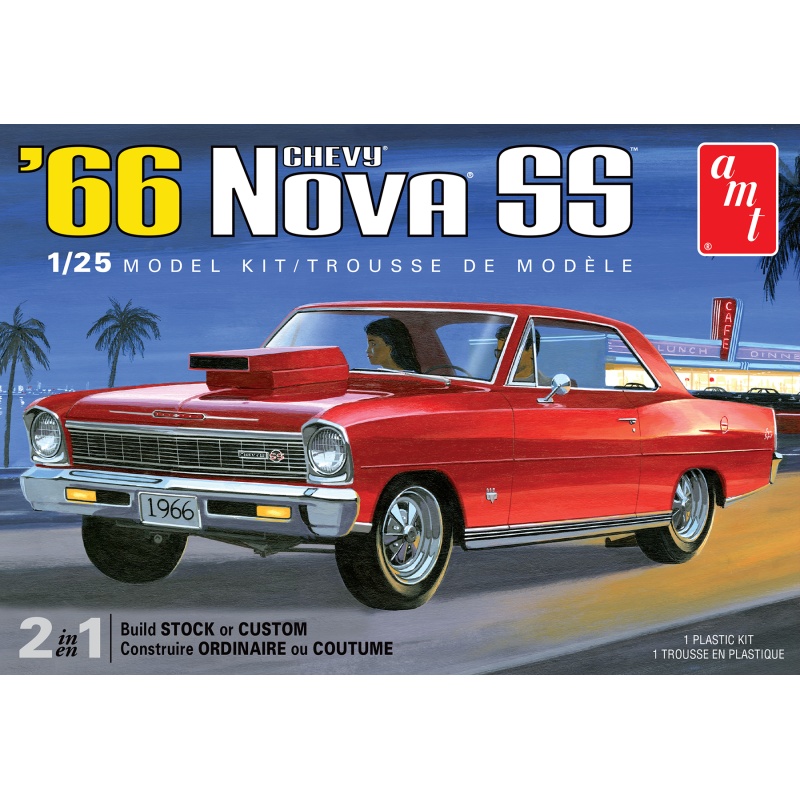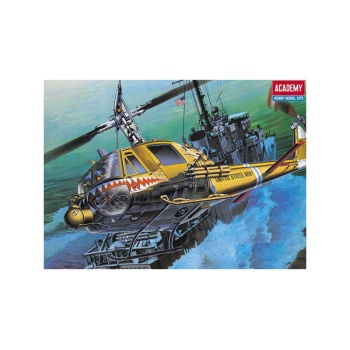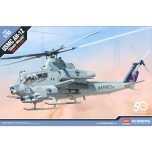Bell began developing the UH-1C in 1960 to correct the aerodynamic shortcomings of the armed UH-1B. Bell equipped the UH-1C with a 1100 SHP (820 kW) T53-L-11 engine to provide the energy needed to lift all weapons systems in use or under development.
The army eventually restored all UH-1B aircraft with the same engine. A new rotor system has been developed for the UH-1C, which allows for higher air velocities and reduces the occurrence of receding paddle housing during diving. The improved rotor resulted in better maneuverability and a slight increase in speed. Increased power and a larger diameter rotor required Bell engineers to design a new tail boom for the UH-1C. The longer tail boom contained a wider chord vertical fin on the tail rotor pylon and larger synchronized lifts.
Bell has also introduced a dual hydraulic control system for redundancy and an improved inlet filtration system for dusty conditions in Southeast Asia. The UH-1C's fuel capacity was increased to 242 US gallons (920 liters) and the total weight was increased to 4,309 kg (9,500 pounds), resulting in a nominal payload of 2,120 kg. Production of the UH-1C began in June 1966 with a total of 766 aircraft produced, including five for the Royal Australian Navy and five for Norway.


